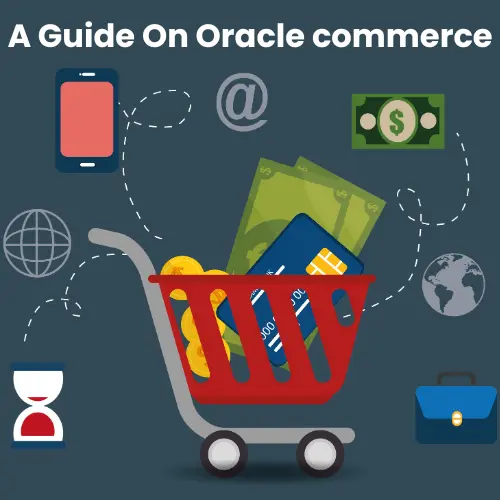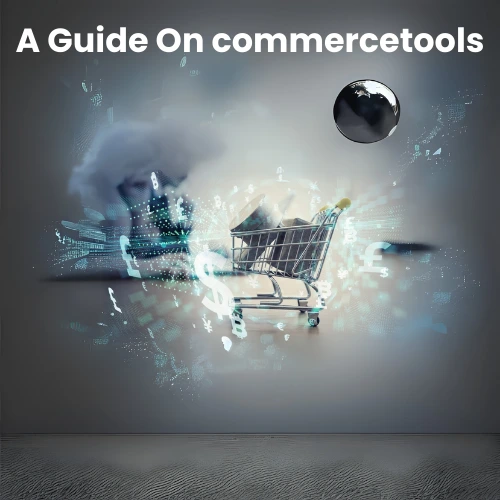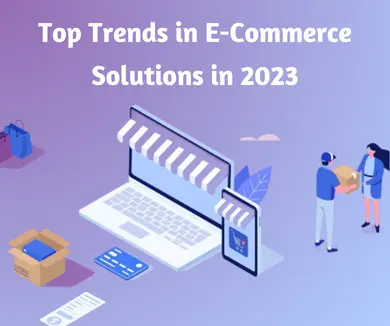Introduction
E-commerce is changing the face of business operations and shopping. With every new development in technology, better online solutions for shopping are introduced. In this blog, we are going to explore the biggest trends in e-commerce in 2023, seeing how it will most definitely help businesses grow as well as enhance customer engagement.
Hyper-Personalisation
Today’s customer wants to experience something tailor-made just for them. Hyper-personalization taps into a customer’s data and other technologies like AI to deliver personal, handcrafted product offers and offers. It is more than the traditional personalization that sets an organization back to reach out to each customer on a one-to-one basis. As market studies prove, 80% of shoppers will be willing to shop from those brands that personalize their experience.
For example, Starbucks utilizes AI to make the experience of their customers better through personalization, which, as a result, becomes enjoyable while shopping.
Voice Commerce
Now, voice commerce or V-commerce could be defined as the order-tracking feature that allows customers to shop using voice commands. Customers might find their products, add things to their carts, and even make purchases all through talking in 2023. As the Alexa and Google Assistant become smart, their adoption for shopping is likely to increase and expand a new opportunity for businesses to make their websites and apps voice-friendly.
Through this, voice commerce technology can let companies stay ahead of the curve because 71 percent of the customers like to use their voice for search.
Hybrid Commerce
Hybrid commerce is an integration of ecommerce with the physical presence, and hence, there would be no difference perceived from one channel to another in terms of the buying experience. Customers can shop through websites, apps, social media, and in-store. This model will allow more customers to be reached and provide a best-of-both-worlds premise. An example is Walmart’s “Grocery Pickup,” where a customer places an order for groceries on the internet and goes to the store to pick it up, never once entering the premises.
Augmented Reality (AR) and Virtual Reality (VR)
While AR overlays digital information on the real world, VR requires a fully virtual environment. Both allow customers to view a product and, hence because of this, using AR and VR, the customer can see just exactly what the clothes would look like if worn or how a piece of furniture would look in his home. Thus, AR and VR may make online shopping more engaging, which may improve confidence and satisfaction of the customers.
Mobile Commerce
Mobile commerce, or m-commerce, will be one of those emergent needs as a growing number of people do their shopping via smartphones and tablets. The advanced m-payment options along with the user-friendly design should make big businesses rethink their decision to put in the extra effort to make for a smooth mobile experience. Already, the m-commerce market has grown from $321 billion in 2017 to a whopping $510 billion by the end of 2023 making this “the only choice.”
Subscription Models
Subscription models are also through the roof. They have the added benefit of continuous value and can provide with the box curated for the taste of the customer. Loyalty programs can offer free shipping and exclusive offers. Subscriptions for daily essentials also save time from the hassle of need to reorder. This is likely to shoot massively as subscription e-commerce is expected to touch over $38 billion in revenue by 2023.
Headless Commerce
Headless commerce simply puts distance between the front-end shopping experience and the back-end system. In this liberty, companies provide room for the involving of customers in diverse devices, from smart home appliances to others. By 2025 headless commerce will most likely spread and grow to this value very considerably, at $3.9 billion.
Conclusion
All these trends are the biggest of the future of the e-commerce business. These have to be undertaken in 2023. Focusing on these hyper-personalization, voice commerce, hybrid commerce, AR and VR, mobile commerce, subscription models, and headless commerce, companies can create exciting shopping experiences that build the customers’ loyalty thereby driving growth in both the current and times ahead.



